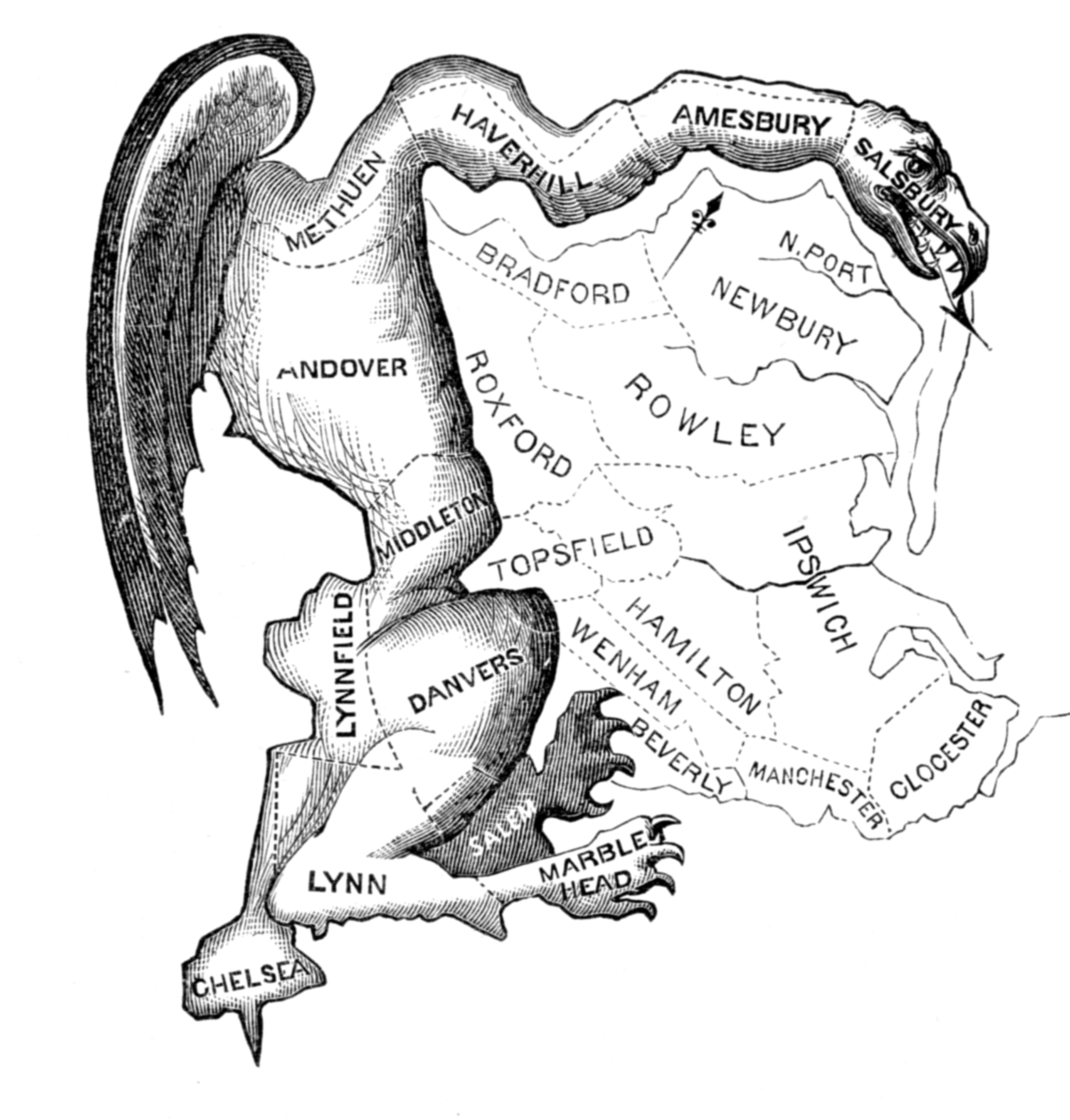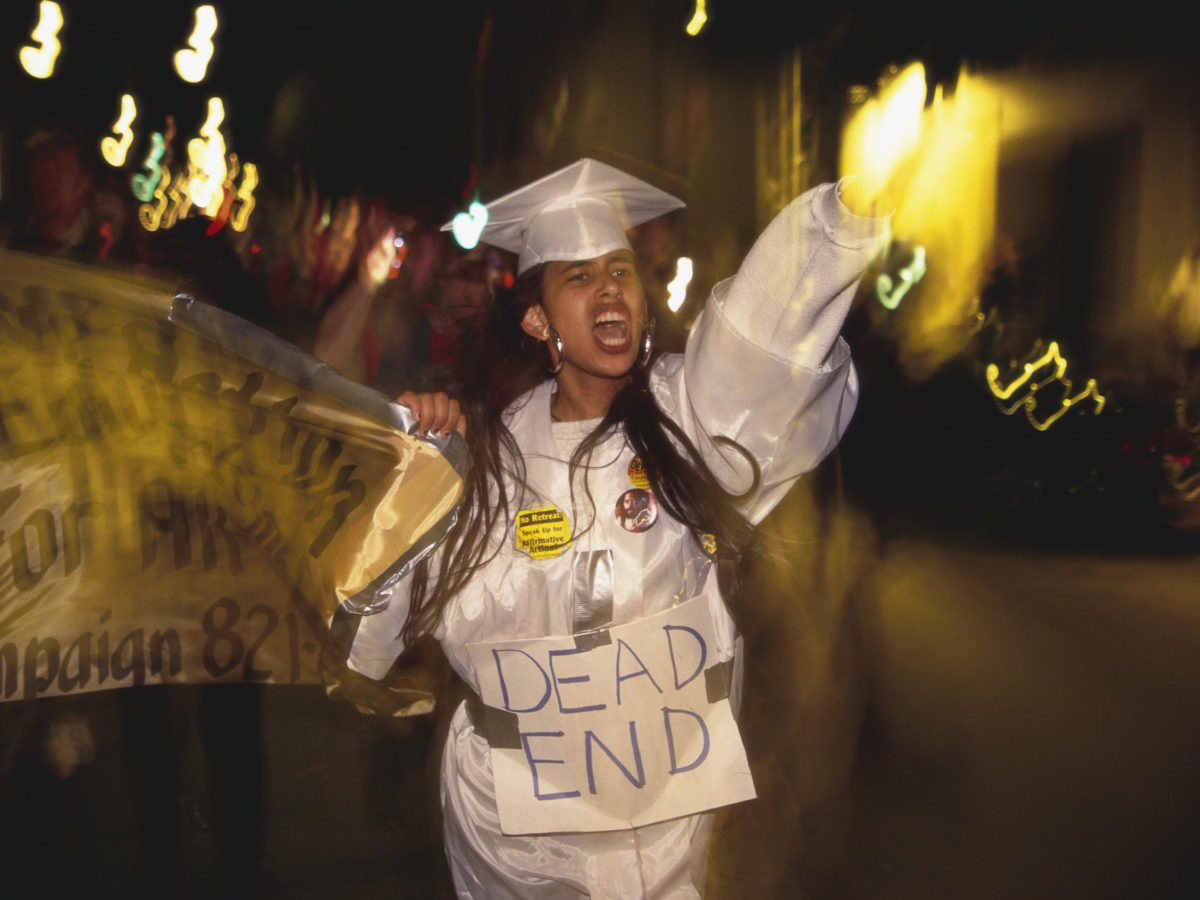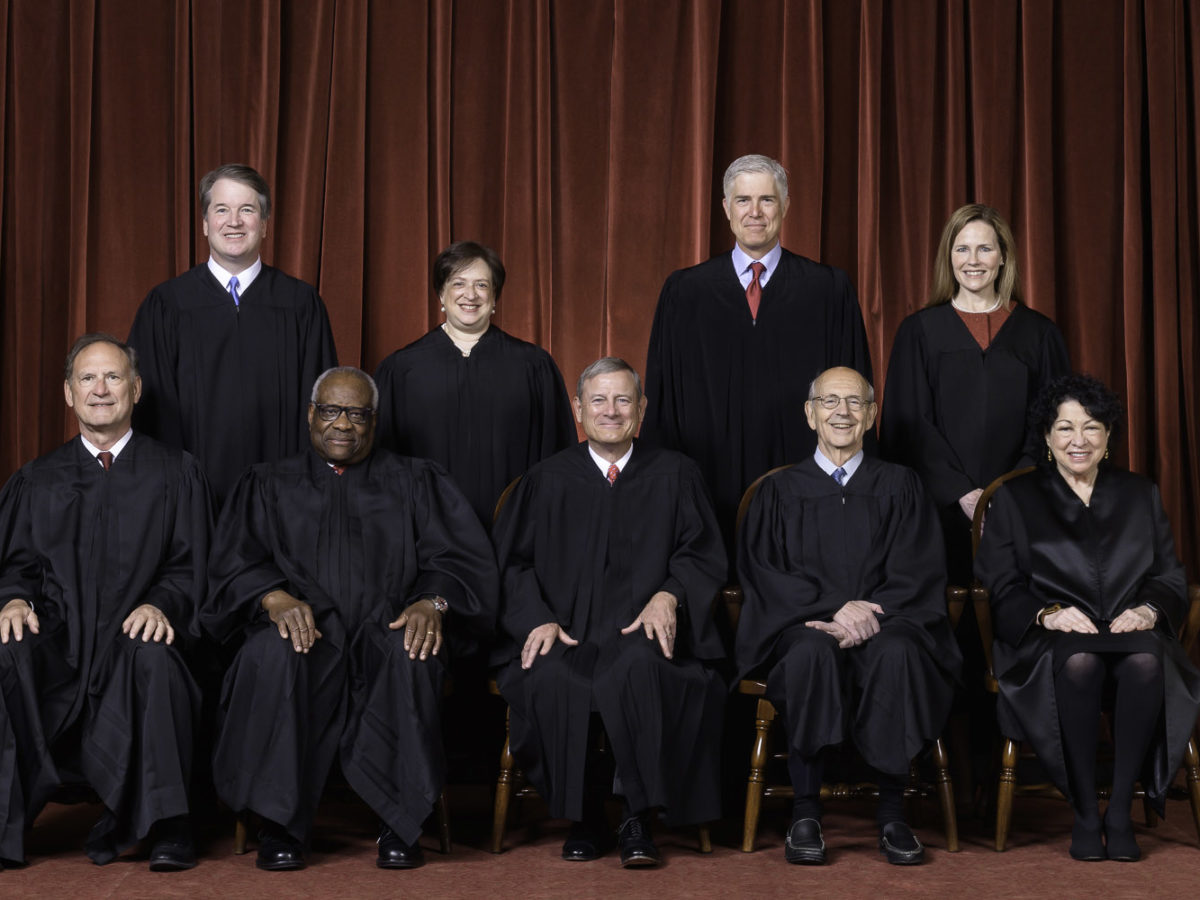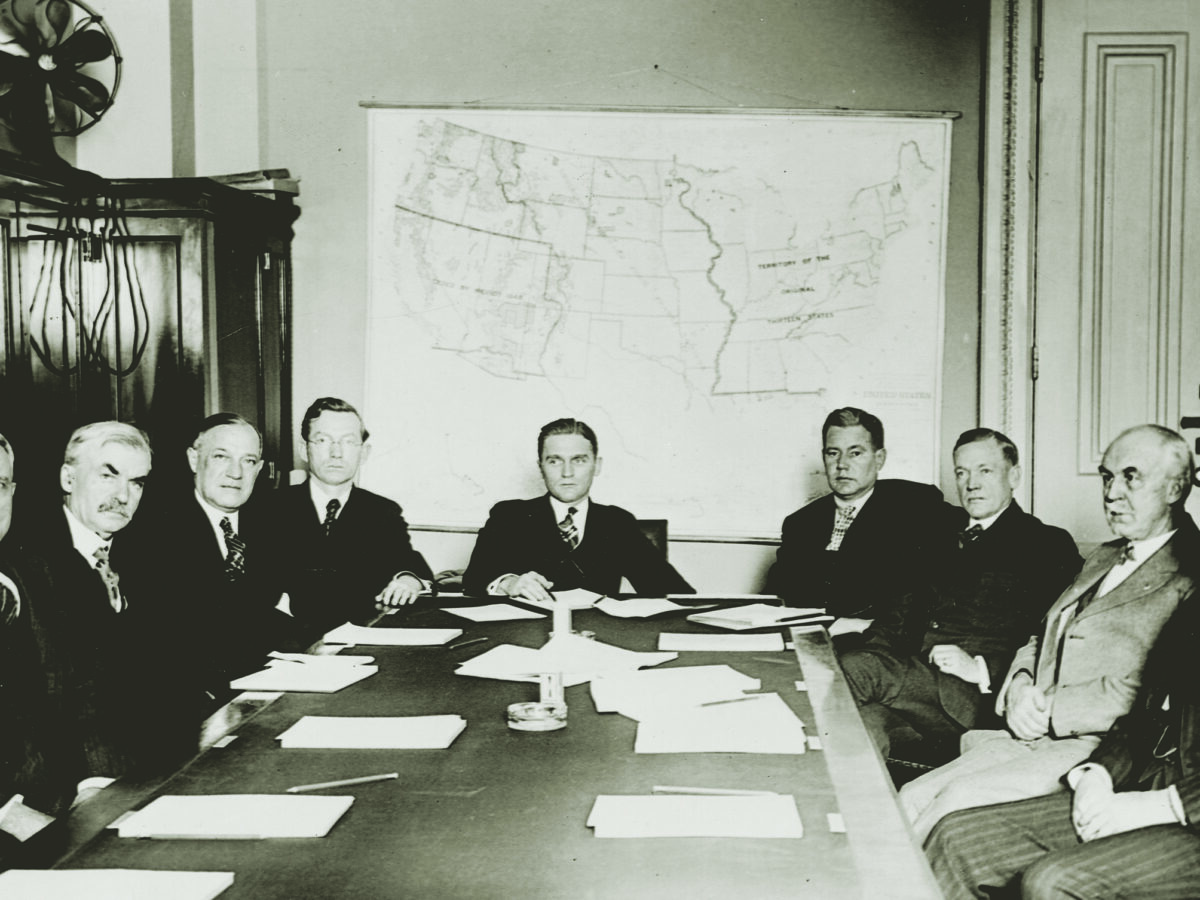Sometimes historical figures have their names live on, even if everyone pretty much forgets the actual person. Such is the case with Elbridge Gerry, who inspired the term “gerrymandering.” (That is to say, manipulating the boundaries of a voting district to grant one group disproportionate representation or marginalize another.)
Gerrymandering existed in America before Gerry; it definitely remains with us today.
Here’s how the practice got its name and why it still shapes our nation so deeply.
GET HISTORY’S GREATEST TALES—RIGHT IN YOUR INBOX
Subscribe to our HistoryNet Now! newsletter for the best of the past, delivered every Monday and Thursday.
The Man From Massachusetts
Gerry was unquestionably a significant political figure, particularly in his home state. Born in 1744, he’d already served in the Massachusetts legislature before becoming a delegate first to the Continental Congress (where he aggressively championed independence) and then the Constitutional Convention of 1787 (where he aggressively opposed the Constitution, fearing it would lead to a monarchy.) He went on to help draft the Bill of Rights, served in Congress, was a diplomat to France (and helped cause the international scandal known as the XYZ Affair), became governor of Massachusetts and, finally, was vice president under James Madison.
That said, if not for his days running Massachusetts, Gerry would have faded from our collective consciousness, much as his vice presidential predecessor, George Clinton — no known relation to the Parliament-Funkadelic bandleader — or successor, Daniel D. Tompkins, did.
It is his time as governor for which Gerry is remembered. Having failed to get elected three times, Gerry was determined to hang on to power.
More on the History of laws and politics
How Does Gerrymandering work?
At this point, let’s take a deeper look at how gerrymandering works. Every decade, there is a census, after which states redraw their legislative and congressional district lines accordingly.
If you control districting, you want your party to win as many elections as possible. Sadly, the other party has voters too. What to do about them?
You engage in “cracking” or “packing.”
“Cracking” means to split those likely to vote against you up into as many districts as possible.
Or, if they’re simply too numerous, jam as many of them as possible into a single district. (You’ll lose that one but you’ll be in good shape in the others.) That’s what’s meant by “packing.”
This can have a massive impact on who gets elected. Back in 2015, the Washington Post offered an ingenious analysis of how radically gerrymandering could shape electoral outcomes. Christopher Ingraham explored multiple ways to divide a population that was split 60-40 into five districts.
On straight math, you’d expect the larger party to control three districts, the smaller to have two. (Hey, it’s only fair.) But if you get creative with your zoning, the majority party can take all five. Or, if the minority party controls the levers, they can take three.
Needless to say, it’s a real temptation for politicians shaping districts to stretch them to the limit. Just like Gerry did.
So Many Shapes
Creative districting has always been a part of America. (Really. The Constitution was ratified in 1787. By 1788, gossip held that Patrick Henry had engaged in it to undermine the congressional campaign of rival James Madison.)
But Gerry and his fellow Democratic-Republicans in Massachusetts took it to a level where it was impossible to ignore. (It should be noted Gerry had long been wary of voters, declaring back in 1787: “The evils we experience flow from the excess of democracy. The people do not want virtue; but are the dupes of pretended patriots.”) They produced a map so clearly sculpted to win political advantage that one district even looked like … a salamander.
Which led to the first usage of the term “Gerry-mander” in 1812.
That same year, Gerry was elected to the vice presidency. He died at age 70 in 1814. By then, Gerry was gone, but gerrymandering remains very much with us. And at times, it has impacted us in ways that have gone way beyond political affiliation.
Racial Restrictions
After the Civil War, slavery was finally ended and Blacks at last got the right to vote. At least, they did in theory.
In reality, after Reconstruction, white politicians frequently denied Blacks the vote through tactics ranging from poll taxes to literacy tests to simple violence to, yes, gerrymandering. (The thinking being, ‘If Blacks do manage to vote, at least the impact would be minimized.’)
The 24th Amendment ended poll taxes in 1962. The Voting Rights Act of 1965 finally ended the literacy tests. Gerrymandering, however, remains with us. Whether it’s intended to give one racial group an advantage over another is a hotly debated topic.
And it should get even more heated, because of the political shift it inspires.
All About the Base
Gerrymandering often creates what are essentially single-party districts: If you’re a Republican in this district, you can’t lose, but if you’re a Republican in the next one over, you can’t win.
With the opposition party so unlikely to triumph, the real election is the dominant party’s primary. And in the primary, often the candidate who appeals most strongly to the base comes out on top. The result? You get increasingly partisan elected officials.
For many voters, this is deeply disheartening, particularly when they discover we may be about to get more divvied up than ever.
Here Come the Courts
Recent years has seen the rise of the Independent State Legislature theory. Here’s how University of Illinois at Urbana-Champaign law professor Vikram D. Amar defined it in TIME: “The ISL theory, the modern resurrection of which emanates primarily from the musings of three concurring justices in the (in)famous Bush v. Gore ruling in 2000, posits that because the U.S. Constitution refers to state legislatures in connection with the regulation of congressional (in Article I) and presidential (in Article II) contests, those legislatures are free from state-court enforcement of state-constitutional limits when regulating federal elections.”
In plain English, that means legislatures can do what they want regarding congressional and presidential elections, even when state courts find they’ve violated laws voters specifically passed to limit them.
In theory, this could trigger a strange cycle against democracy: One party holds power because of gerrymandering; as frustration grows with them, they resort to even more gerrymandering to retain it.
Will the Supreme Court endorse this interpretation? We’ll have to wait and see, but it does recall another Gerry observation: “The worst men get into the Legislature.”
historynet magazines
Our 9 best-selling history titles feature in-depth storytelling and iconic imagery to engage and inform on the people, the wars, and the events that shaped America and the world.









